
TRENDnet TI-PG102
Today we're having a look at a copper and fiber switch from TRENDnet, namely the TI-PG102. This is a switch primarily aimed for industrial usage, but it shouldn't prevent any home users from using it.
As usual with TRENDnet products the product comes in a stylish glossy box with lots of information regarding its features. This switch comes with 8 RJ45 ports capable of Gigabit Ethernet and they are all POE+ enabled, giving you 30W on each port with a total of 240W on the whole switch. All RJ45 ports are protected with rubber stoppers to make sure no dust or foreign objects gets into the ports and destroy them. As seen on the photo the rubber also attracts dust, hopefully keeping it out of the ports themselves.
An additional two RJ45 Ethernet connections that are shared with the two SFP slots, capable of Gigabit speeds can also be found on the switch that enabled uplink to other network devices.
The TI-PG102 can work in temperatures between -40 and +75 degrees Celcius (-40 and +167 degrees Fahrenheit). The switch has an IP30 rated metal enclosure designed to withstand vibration and shocks.
The switch is powered with either a proprietary power supply that you can also get from TRENDnet, such as the 48VDC3000, or one to two powersupplies for redundancy connected via the screwterminal. A relay output is also available for alarms to external monitoring equipment or perhaps a warning light or strobe light - depending on how nerdy you are as a home user (me) or high availability scenarios in the industry where you quickly need to know when a power supply fail.
Mounting can either be done with a DIN-rail for rack enclosures or small power cabinets, as well as wall mount brackets. But nothing stops you from laying it flat on a shelf either.
Together with the TI-PG102 switch we also received a power supply to be used with the switch, we got the TRENDnet TI-S24052 - which looks like a rebranded Meanwell powersupply. Personally I think and know by experience that Meanwell is a rather high quality power supply brand. Of course, there are those who swear that Meanwell is a bad brand, but by having used roughly 1 000 pcs of Meanwell powersupplies through another employer, I've seen around 2-3% of power supplies failing over the course of a couple of years. This is the same for all manufacturers and I do believe that, even if TRENDnet could produce their own power supplies, using a reputable brand is the way to go so TRENDnet can focus on their own products instead.
With the possibility to use redundant power supplies with the TI-PG102 switch, you don't even have to worry if one power supply fail.
The power supply TI-S24052 gives us a total of 239,2 Watts with a voltage of 52V and up to 4.6 Amps of current. Whether it can handle the full 240W (30W times 8xRJ45 ports) is something I can't test, as I don't have 30W POE+ dummy loads to test it out, however, most often POE devices don't use their full available wattage on the RJ45 port, so you should be good in any case.
Please note that for the TI-S24052 power supply, you need an electrician to install this to either your North American or in my case Swedish power grid. This of course applies all over the world, so please don't hurt yourself or burn down your house by improperly installing this power supply. Luckily for me, I'm not only a certified technician for both copper but also fiber networks, but I'm also a certified electricians since 15 years back. So let's go ahead and install these products and conduct some tests.
Testing
Our test setup consists of two computers, one connected to a Ubiquity USW-24 switch uplinked to the TRENDnet TI-PG102 via 1G SFP fiber modules. Second computer is then connected to the TRENDnet TI-PG102. The SFP modules we're using in this test is as mentioned 1 Gbps capable units with in this case a noname brand as we're both not sponsored by and SFP module manufacturers and 1G SFP modules should be as any 1G SFP modules, if they aren't giving you the correct speed and all other variables in the test is correct - just exchange them for another pair.
Fiber modules needs of course to be matched in the sense that if you're using multimode fiber, you need to use multimode SFP modules. If you're using singlemode fiber as I do, both modules need to be singlemode SFP modules. There are different wavelengths, different power levels and much more - but as long as they are matched in both ends, we're good to go.
To conduct speed tests we used iPerf3 which is a popular and very useful tool to measure speeds over network connections. Of course, we've closed down as many apps as possible on both computers, making sure we have as little as possible running network traffic, but as always, it is hard to kill all network apps.
I did nine measurements that I mashed together into three overall tests shown in the tables below. The tests include both TCP and UDP traffic. TCP is always lower in speed as you have overhead in the packages with ID of the package, to and from data as well as all sorts of other information. UDP is pure data, text, sending character per character, which is why you can see a clear difference between the two types.
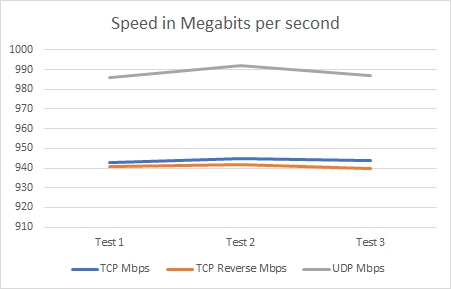
We get an average TCP speed of around 940 Mbit/s which is very good. Of course, this is internal network speeds and not out across the Internet. UDP speed was measured to be close to 990 Mbit/s at all times. Converting this to MByte per second we get the results of around 118 MByte/s and 124 MByte/s accordingly. Out of a 1 Gbit connection this is of course pretty much as close as you get.
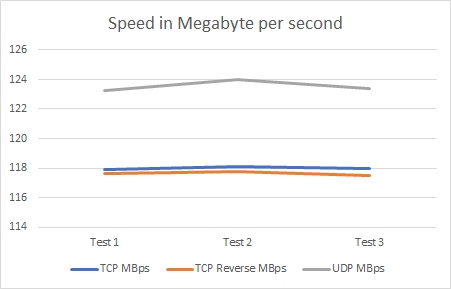
Testing Internet speeds through the TI-PG102 connected directly to the fiber modem, we get speeds of roughly 895 Mbit/s download and 885 Mbit/s upload. More or less exactly the same as when testing through our Ubiquity Dream Machine SE - normally a little lower with the TI-PG102 having an increased speed of around 5-15 Mbit/s over the Ubiquity Dream Machine SE. This is of course nothing strange as the UDM SE is a fully managed router with content filtering and advanced features and cannot directly be compared to the TI-PG102 switch from TRENDnet.
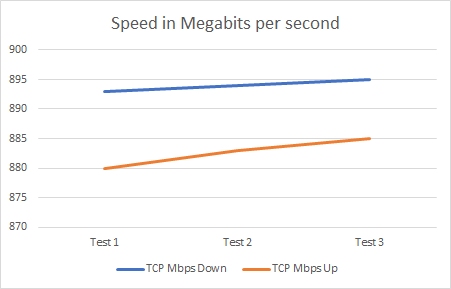
Conclusion
The TI-PG102 is an excellent switch with its 8 port POE+ capability, powering in our test case POE powered cameras, but also can power VOIP phones, access points and more. Higher temperature range is not only good for industrial use, but also unheated indoor and outdoor enclosures that take care of the higher IP ratings needed to protect from moisture and dust.
The unmanaged design of this switch makes it both not as good when you need full control with VLANs and traffic shaping - but it shines in the way that it is easy to setup and install, ready to use in a few moments.
Speed through the TI-PG102 is nothing else than excellent, it just works. With its 20 Gbps switching capability you will have a hard time seeing any slowdowns or delays in the network, unless you build some crazy hardcore networking setup.
Price as of this writing is USD $417.99 and you can certainly get more ports for less money, but more ports together with POE+ at the same time - not likely.
Fiber is of course not something that everyone has yet, even if its quite affordable from many manufacturers today. For me fiber is extremely easy and convenient to use - but then again I've worked with fiber for many years. Fiber connectivity is a huge plus for many scenarios, easy to pull and install and can give extreme speeds when required.
Overall this is a great switch with easy to use features, it is easy to install and use, I can really recommend this switch if you need a small switch with Gigabit Ethernet and POE+ ports, perhaps also some fiber for longer runs or when interference just need to be eliminated.
As usual with TRENDnet products the product comes in a stylish glossy box with lots of information regarding its features. This switch comes with 8 RJ45 ports capable of Gigabit Ethernet and they are all POE+ enabled, giving you 30W on each port with a total of 240W on the whole switch. All RJ45 ports are protected with rubber stoppers to make sure no dust or foreign objects gets into the ports and destroy them. As seen on the photo the rubber also attracts dust, hopefully keeping it out of the ports themselves.
An additional two RJ45 Ethernet connections that are shared with the two SFP slots, capable of Gigabit speeds can also be found on the switch that enabled uplink to other network devices.
The TI-PG102 can work in temperatures between -40 and +75 degrees Celcius (-40 and +167 degrees Fahrenheit). The switch has an IP30 rated metal enclosure designed to withstand vibration and shocks.
The switch is powered with either a proprietary power supply that you can also get from TRENDnet, such as the 48VDC3000, or one to two powersupplies for redundancy connected via the screwterminal. A relay output is also available for alarms to external monitoring equipment or perhaps a warning light or strobe light - depending on how nerdy you are as a home user (me) or high availability scenarios in the industry where you quickly need to know when a power supply fail.
Mounting can either be done with a DIN-rail for rack enclosures or small power cabinets, as well as wall mount brackets. But nothing stops you from laying it flat on a shelf either.
Together with the TI-PG102 switch we also received a power supply to be used with the switch, we got the TRENDnet TI-S24052 - which looks like a rebranded Meanwell powersupply. Personally I think and know by experience that Meanwell is a rather high quality power supply brand. Of course, there are those who swear that Meanwell is a bad brand, but by having used roughly 1 000 pcs of Meanwell powersupplies through another employer, I've seen around 2-3% of power supplies failing over the course of a couple of years. This is the same for all manufacturers and I do believe that, even if TRENDnet could produce their own power supplies, using a reputable brand is the way to go so TRENDnet can focus on their own products instead.
With the possibility to use redundant power supplies with the TI-PG102 switch, you don't even have to worry if one power supply fail.
The power supply TI-S24052 gives us a total of 239,2 Watts with a voltage of 52V and up to 4.6 Amps of current. Whether it can handle the full 240W (30W times 8xRJ45 ports) is something I can't test, as I don't have 30W POE+ dummy loads to test it out, however, most often POE devices don't use their full available wattage on the RJ45 port, so you should be good in any case.
Please note that for the TI-S24052 power supply, you need an electrician to install this to either your North American or in my case Swedish power grid. This of course applies all over the world, so please don't hurt yourself or burn down your house by improperly installing this power supply. Luckily for me, I'm not only a certified technician for both copper but also fiber networks, but I'm also a certified electricians since 15 years back. So let's go ahead and install these products and conduct some tests.
Testing
Our test setup consists of two computers, one connected to a Ubiquity USW-24 switch uplinked to the TRENDnet TI-PG102 via 1G SFP fiber modules. Second computer is then connected to the TRENDnet TI-PG102. The SFP modules we're using in this test is as mentioned 1 Gbps capable units with in this case a noname brand as we're both not sponsored by and SFP module manufacturers and 1G SFP modules should be as any 1G SFP modules, if they aren't giving you the correct speed and all other variables in the test is correct - just exchange them for another pair.
Fiber modules needs of course to be matched in the sense that if you're using multimode fiber, you need to use multimode SFP modules. If you're using singlemode fiber as I do, both modules need to be singlemode SFP modules. There are different wavelengths, different power levels and much more - but as long as they are matched in both ends, we're good to go.
To conduct speed tests we used iPerf3 which is a popular and very useful tool to measure speeds over network connections. Of course, we've closed down as many apps as possible on both computers, making sure we have as little as possible running network traffic, but as always, it is hard to kill all network apps.
I did nine measurements that I mashed together into three overall tests shown in the tables below. The tests include both TCP and UDP traffic. TCP is always lower in speed as you have overhead in the packages with ID of the package, to and from data as well as all sorts of other information. UDP is pure data, text, sending character per character, which is why you can see a clear difference between the two types.

We get an average TCP speed of around 940 Mbit/s which is very good. Of course, this is internal network speeds and not out across the Internet. UDP speed was measured to be close to 990 Mbit/s at all times. Converting this to MByte per second we get the results of around 118 MByte/s and 124 MByte/s accordingly. Out of a 1 Gbit connection this is of course pretty much as close as you get.

Testing Internet speeds through the TI-PG102 connected directly to the fiber modem, we get speeds of roughly 895 Mbit/s download and 885 Mbit/s upload. More or less exactly the same as when testing through our Ubiquity Dream Machine SE - normally a little lower with the TI-PG102 having an increased speed of around 5-15 Mbit/s over the Ubiquity Dream Machine SE. This is of course nothing strange as the UDM SE is a fully managed router with content filtering and advanced features and cannot directly be compared to the TI-PG102 switch from TRENDnet.

Conclusion
The TI-PG102 is an excellent switch with its 8 port POE+ capability, powering in our test case POE powered cameras, but also can power VOIP phones, access points and more. Higher temperature range is not only good for industrial use, but also unheated indoor and outdoor enclosures that take care of the higher IP ratings needed to protect from moisture and dust.
The unmanaged design of this switch makes it both not as good when you need full control with VLANs and traffic shaping - but it shines in the way that it is easy to setup and install, ready to use in a few moments.
Speed through the TI-PG102 is nothing else than excellent, it just works. With its 20 Gbps switching capability you will have a hard time seeing any slowdowns or delays in the network, unless you build some crazy hardcore networking setup.
Price as of this writing is USD $417.99 and you can certainly get more ports for less money, but more ports together with POE+ at the same time - not likely.
Fiber is of course not something that everyone has yet, even if its quite affordable from many manufacturers today. For me fiber is extremely easy and convenient to use - but then again I've worked with fiber for many years. Fiber connectivity is a huge plus for many scenarios, easy to pull and install and can give extreme speeds when required.
Overall this is a great switch with easy to use features, it is easy to install and use, I can really recommend this switch if you need a small switch with Gigabit Ethernet and POE+ ports, perhaps also some fiber for longer runs or when interference just need to be eliminated.

Christopher Fredriksson
Editor
Tech partners
Active Steam Events
Game partners
Affiliates
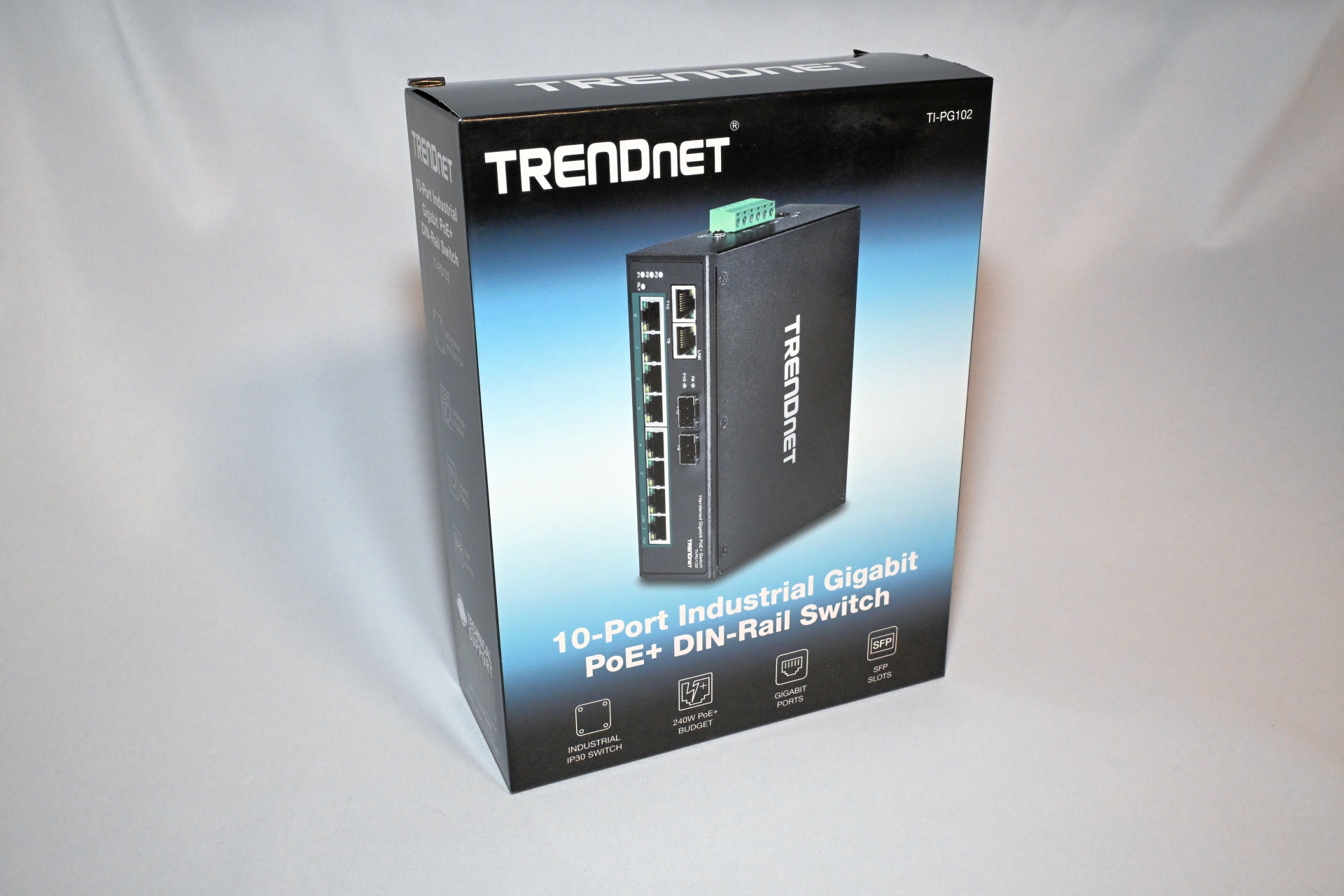
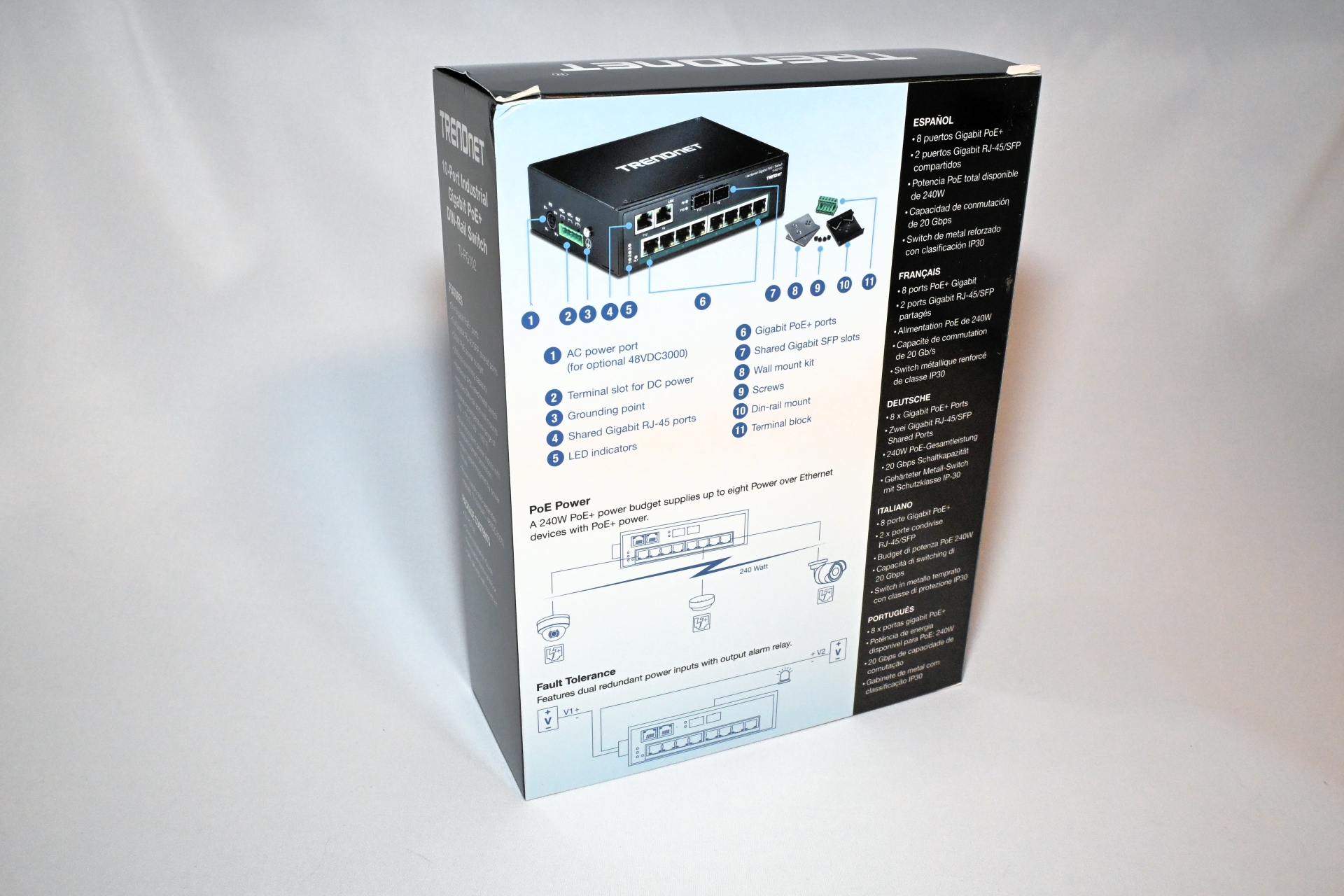
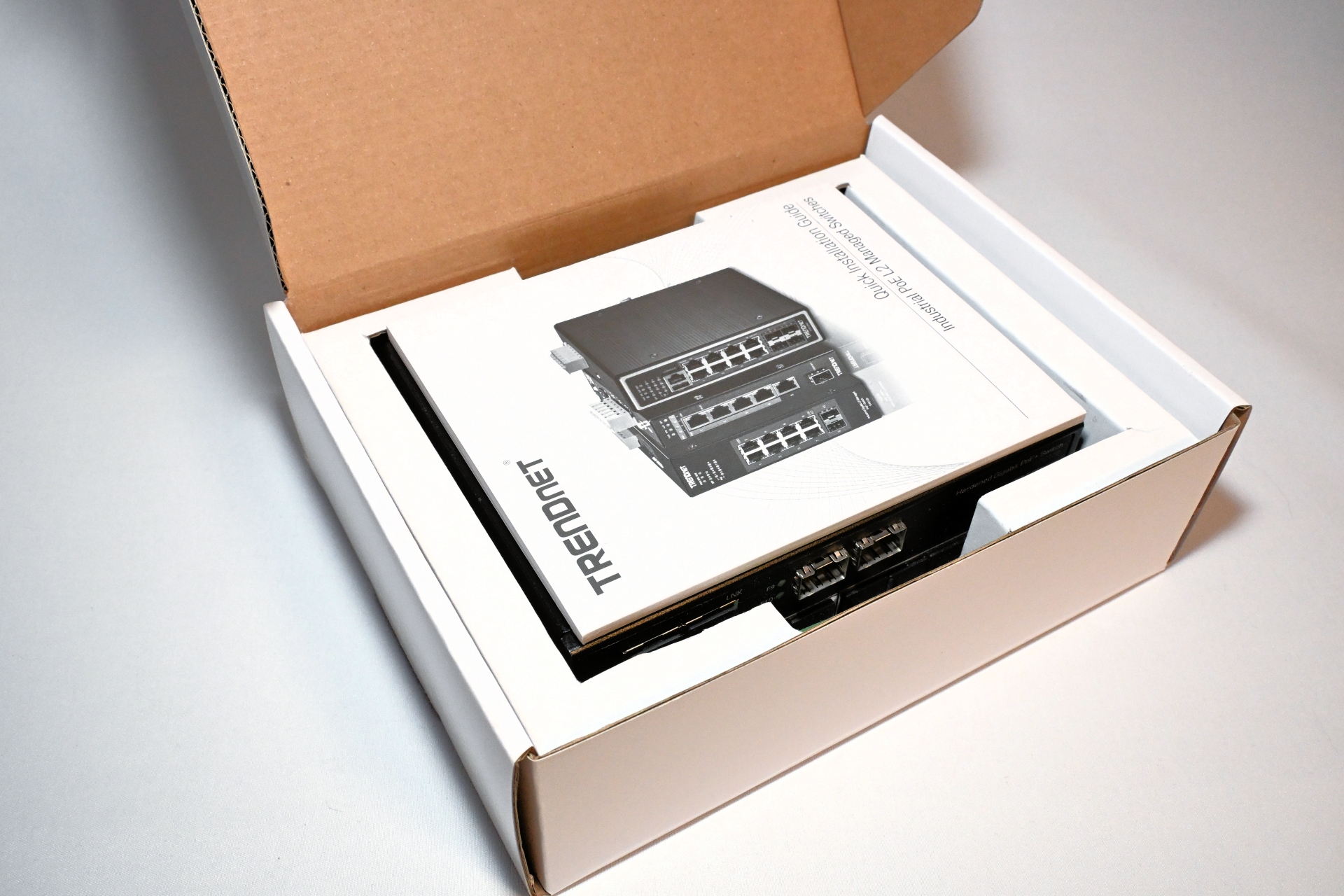
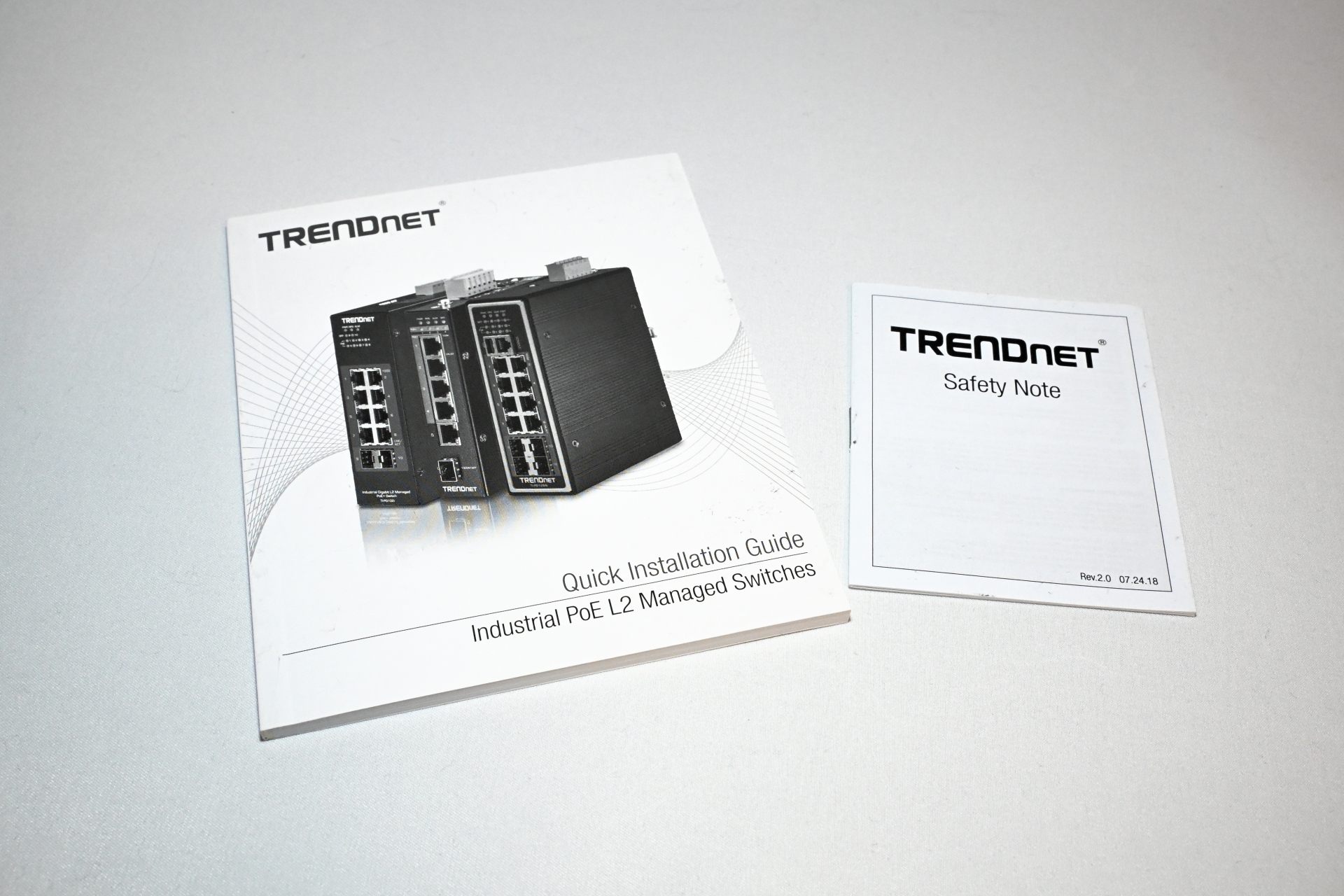
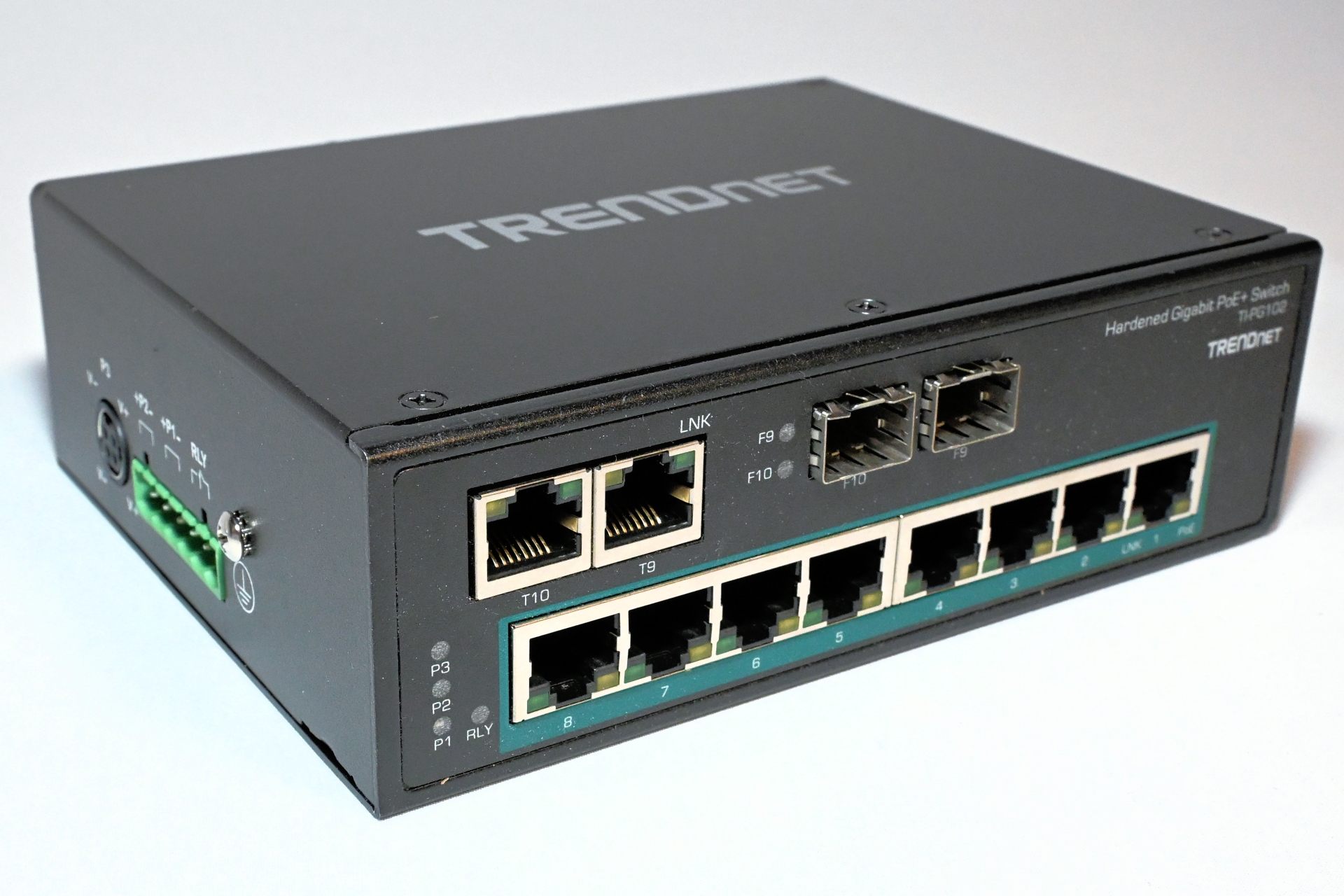
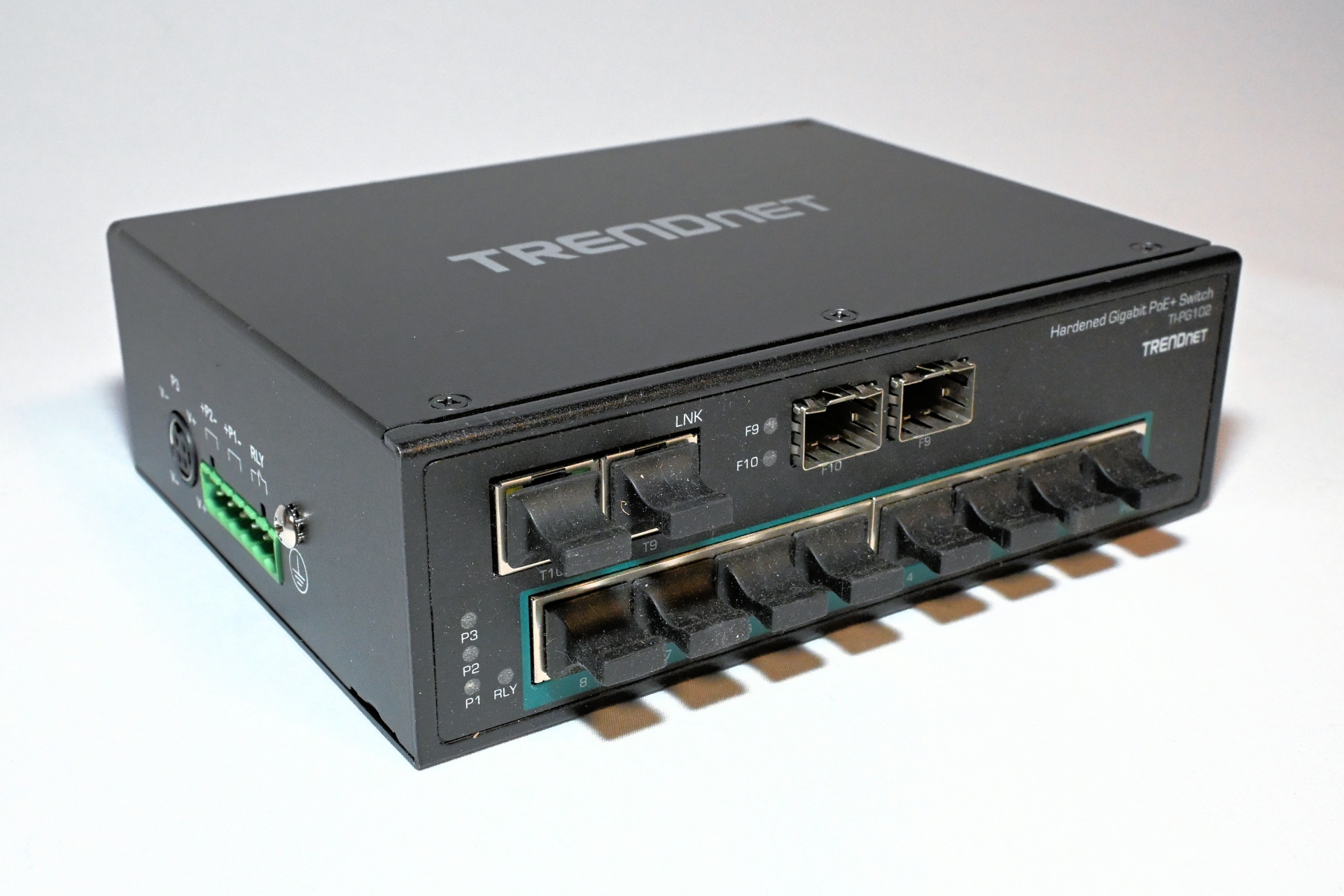
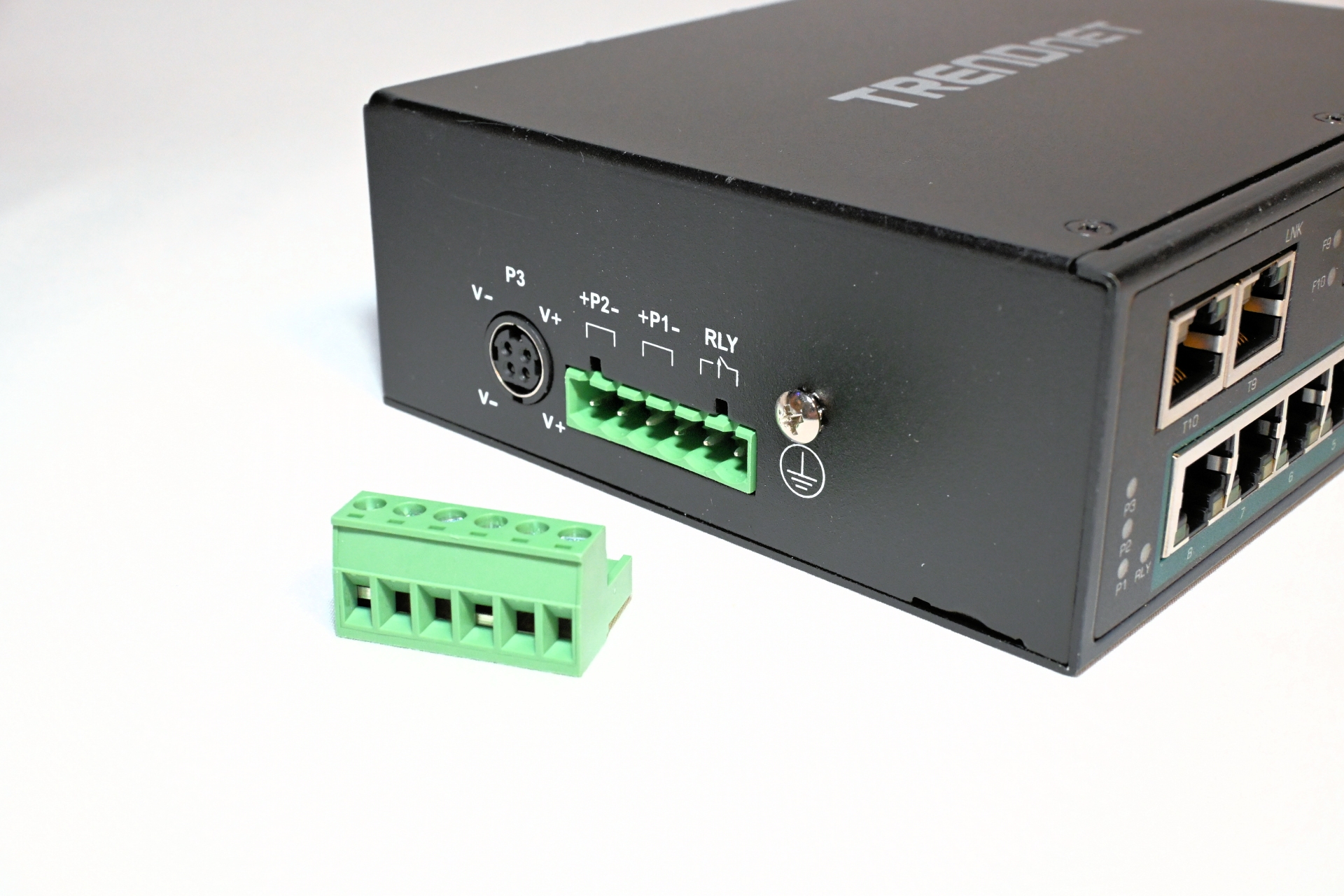
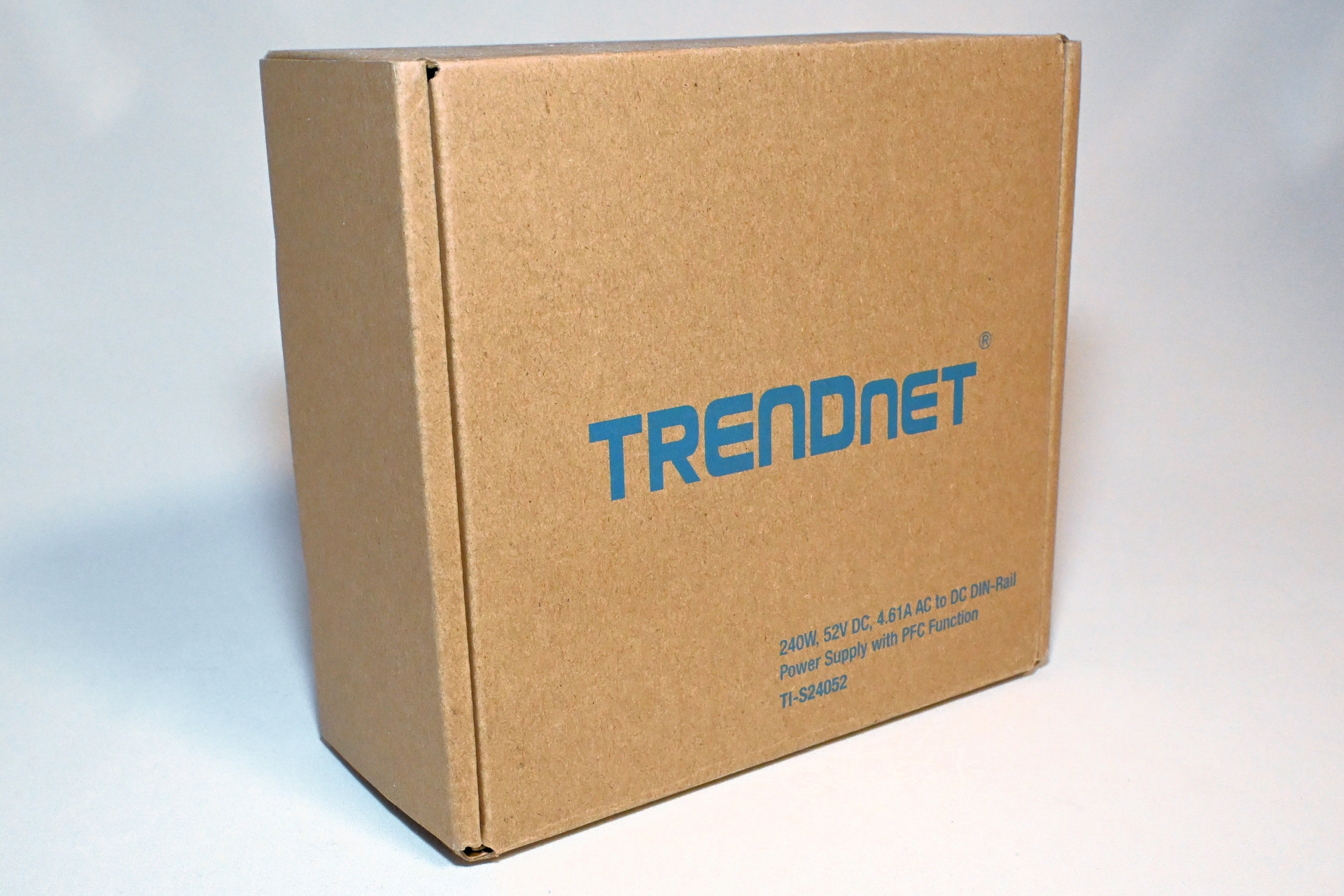
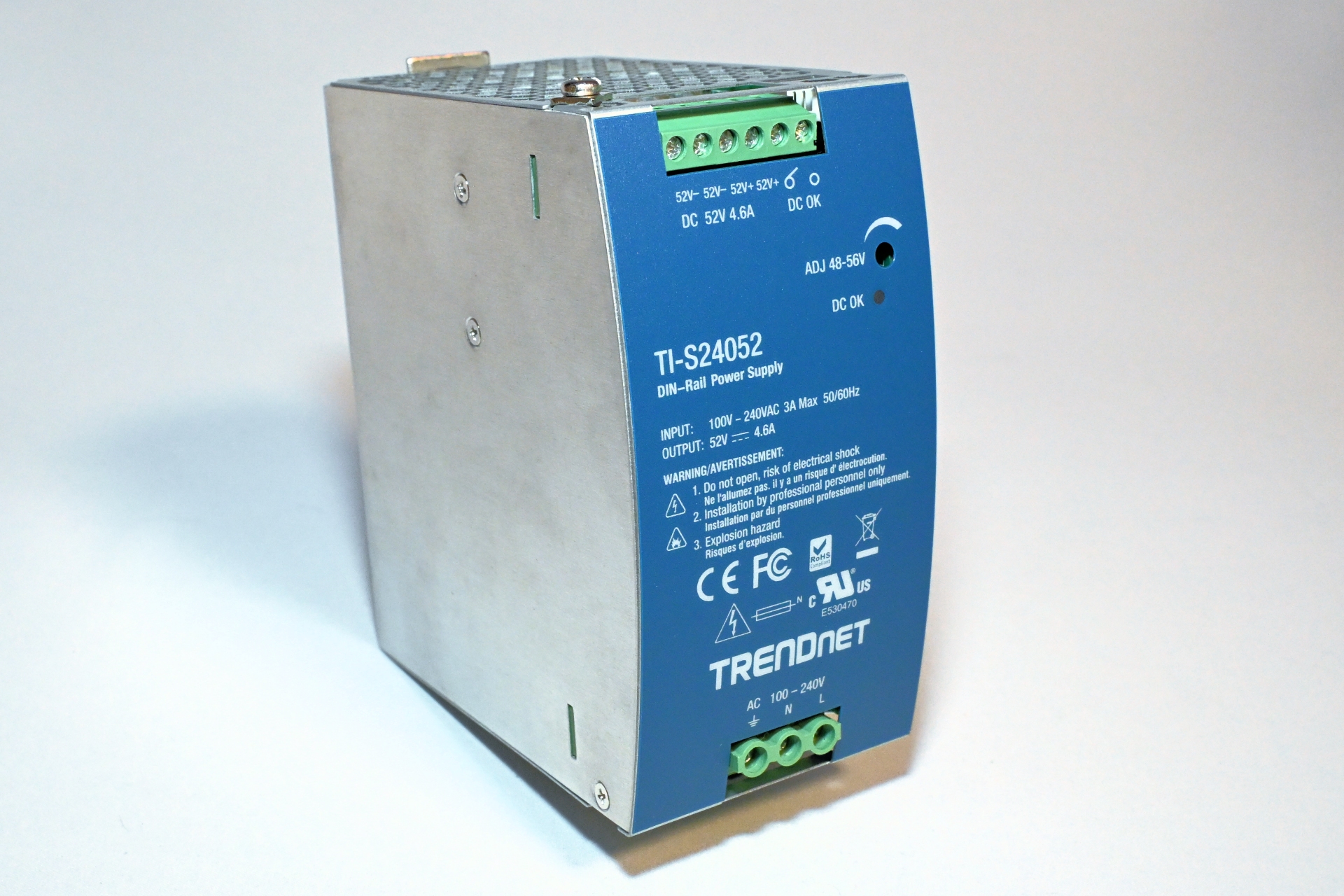
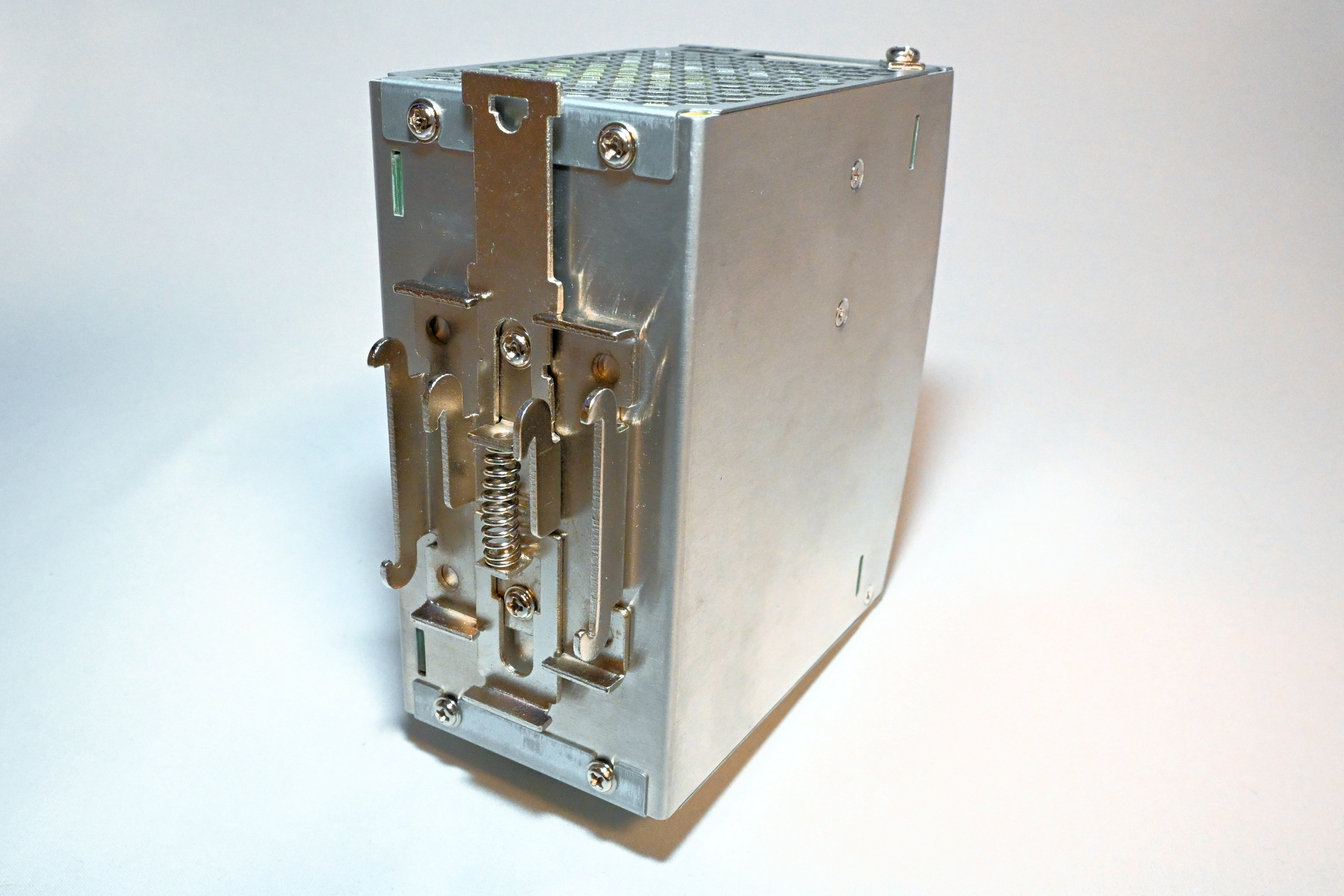


































































































































![[H]ard|OCP, https://www.hardocp.com](https://swemod.com/uploaded/affiliates/hardocp.jpg)
![[M]adshrimps, https://www.madshrimps.be](https://swemod.com/uploaded/affiliates/madshrimps.jpg)
